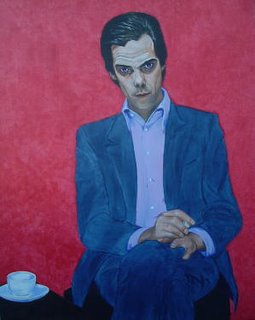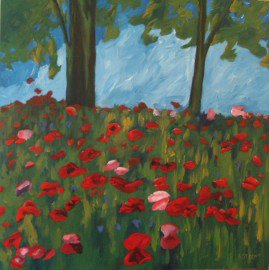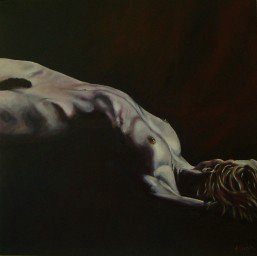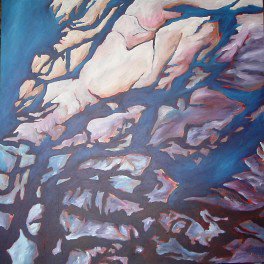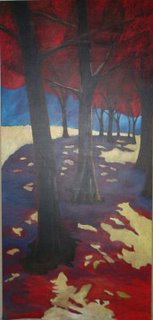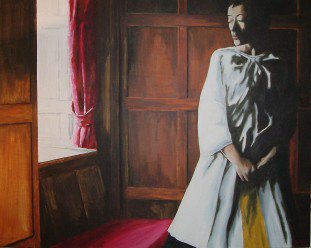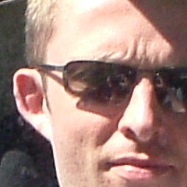 It's not always about what you intend, it's about what you let happen...
It's not always about what you intend, it's about what you let happen...This is an ‘old’ shot taken on my last holiday to the Isle of Arran. My mum and me (I know, grammatically, I should write ‘I but it sounds too posh) had been in conversation as we walked around the grounds of Brodick Castle. We came around the corner of a low terrace of bungalows and chanced upon a flight (if that's the right word) of butterflies settled upon these unknown flowers. In the time it took me to set up my camera, most of the butterflies caught the August breeze and flitted away. Only one remained behind to give me what remains one of my favourite photographs ever.
I get asked where I find inspiration for the things I paint. Find is exactly the right word as I don’t ever go looking for ideas. On those occasions I have actively sought out the ‘right’ picture, the painting has never worked. I try to find that one single moment when a special some-thing shows itself for the briefest instant. The trick, if there is one, is to turn this into a habit: give space to everything and everyone and you will find those special moments.
It was on this holiday that I also found someone special. Her name is Kristine.
